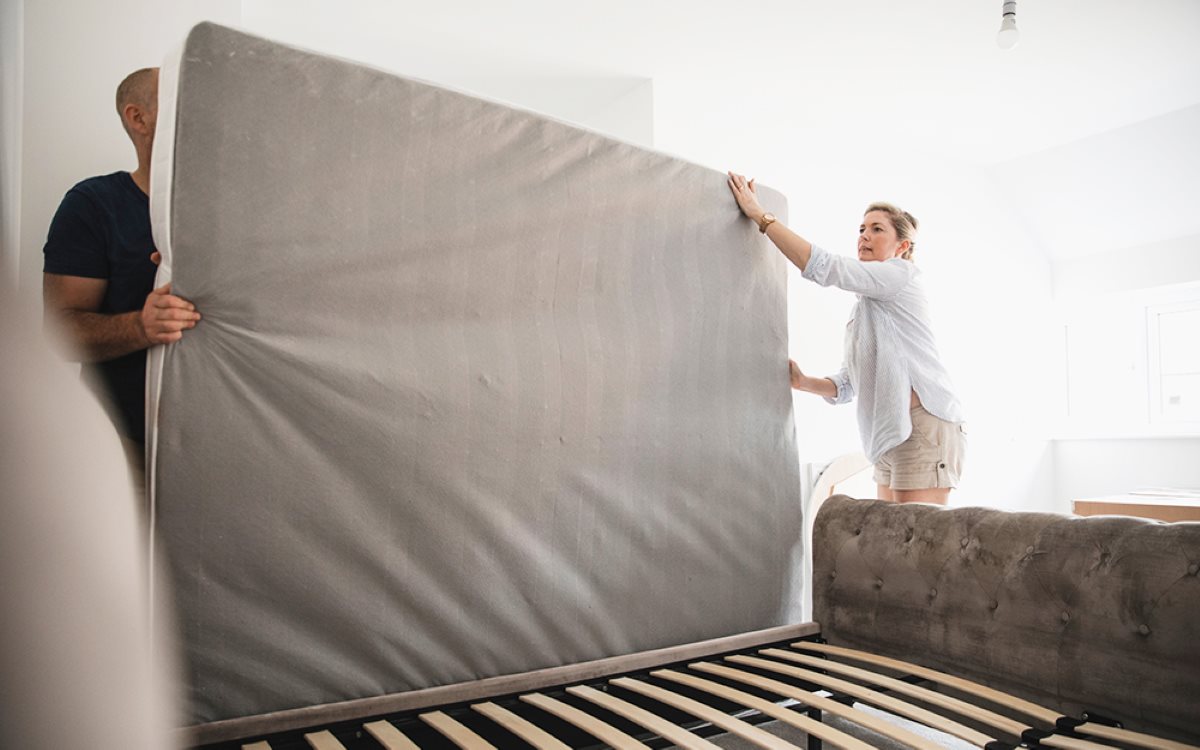

Articles
How To Store A Mattress In A Storage Unit
Modified: May 6, 2024
Looking for storage ideas for storing a mattress? Discover the best tips and techniques for safely storing your mattress in a storage unit.
(Many of the links in this article redirect to a specific reviewed product. Your purchase of these products through affiliate links helps to generate commission for Storables.com, at no extra cost. Learn more)
Introduction
When it comes to storing a mattress in a storage unit, proper preparation and care are essential to ensure its longevity and maintain its quality. Whether you’re moving, downsizing, or just need some extra space, following the right steps will help protect your investment and keep your mattress in great condition.
In this guide, we’ll walk you through the process of storing a mattress in a storage unit. We’ll cover everything from preparing the mattress and choosing the right storage unit to cleaning and protecting the mattress during storage. By following these steps, you’ll be able to store your mattress with confidence, knowing it will be well-preserved and ready for future use.
So, let’s dive in and learn how to store a mattress in a storage unit effectively!
Key Takeaways:
- Properly preparing and cleaning your mattress before storage helps maintain its integrity and freshness, ensuring it’s in optimal condition when you retrieve it.
- Choosing the right storage unit with climate control, cleanliness, and security is crucial for safeguarding your mattress and preserving its longevity.
Read more: How To Store A Futon Mattress
Step 1: Prepare the Mattress
Before you can safely store your mattress, it’s important to properly prepare it. This step ensures that your mattress remains in good condition throughout the storage period. Follow these steps to prepare your mattress:
- Clean the mattress: Start by thoroughly cleaning the mattress. Use a vacuum cleaner to remove any dust, dirt, or debris that may have accumulated. You can also spot clean any stains using mild detergent and warm water. Allow the mattress to dry completely before moving on to the next step.
- Remove bedding and accessories: Take off all bedding, including sheets, blankets, and mattress covers. Remove any pillows, bed skirts, or other accessories from the mattress as well. It’s essential to store only the mattress itself to prevent any damage or unnecessary stress on the mattress.
- Inspect for damage: Check your mattress for any signs of damage, such as tears, holes, or sagging. If you notice any significant damage, it’s best to repair or replace the mattress before storing it. Storing a damaged mattress can worsen the problem over time.
- Treat for pests: Before storing, ensure that your mattress is free from pests like bed bugs. Thoroughly inspect the mattress and seams for any signs of infestation. If you detect any pests, consider contacting a professional pest control service to treat the mattress. This step helps prevent the spread of pests to other items in the storage unit.
By taking these steps to prepare your mattress, you ensure that it is clean, free from pests, and in good condition for storage. This preparation will help maintain the mattress’s integrity and ensure a fresh start when you retrieve it from the storage unit.
Step 2: Choose the Right Storage Unit
When storing a mattress, selecting the right storage unit is crucial to ensure its safety and longevity. Here are some factors to consider when choosing a storage unit:
- Climate control: Opt for a storage unit with climate control. Extreme temperatures and humidity can damage your mattress over time. Climate-controlled units help to regulate temperature and humidity levels, providing a stable and suitable environment for your mattress.
- Size: Ensure that the storage unit is large enough to accommodate your mattress. Measure the dimensions of the mattress and choose a unit that provides ample space. Avoid folding or cramming the mattress into a unit that’s too small, as this can lead to permanent damage.
- Cleanliness: Look for a storage facility that maintains cleanliness and proper hygiene. A clean environment reduces the risk of dust, mold, and pests that can damage your mattress.
- Security: Prioritize security when choosing a storage unit. Make sure the facility has proper security measures in place, such as surveillance cameras, secure locks, and gated access. This helps protect your mattress from theft or vandalism.
- Accessibility: Consider the convenience of accessing your mattress when needed. Choose a storage unit that allows easy access and offers flexible hours of operation.
By taking the time to choose the right storage unit, you provide your mattress with an environment that promotes its safety and longevity. With climate control, proper size, cleanliness, security, and accessibility, you can have peace of mind knowing that your mattress is stored in the best possible conditions.
Step 3: Clean and Protect the Mattress
Before storing your mattress, it’s crucial to properly clean and protect it to maintain its quality. Follow these steps to ensure your mattress remains fresh and protected during storage:
- Use a mattress protector: Invest in a high-quality mattress protector to safeguard your mattress from dust, dirt, and moisture. A waterproof or moisture-resistant protector is particularly beneficial in preventing any liquid spills or accidents from seeping into the mattress.
- Wrap the mattress in plastic: If you don’t have a mattress protector, you can use plastic wrap as an alternative. Wrap the entire mattress tightly with multiple layers of plastic wrap, ensuring it is fully sealed. This provides an additional barrier against dust, pests, and moisture.
- Elevate the mattress: Place your mattress on a raised platform or pallet within the storage unit. This helps prevent any potential moisture buildup from the ground and allows for better air circulation around the mattress.
- Avoid storing in direct sunlight: When choosing the location within the storage unit, avoid placing your mattress near windows or any areas exposed to direct sunlight. Prolonged exposure to sunlight can cause discoloration and damage to the fabric and materials of the mattress.
- Deodorize: To keep your mattress smelling fresh, sprinkle baking soda on the surface before covering it. Baking soda helps absorb any odors and can be vacuumed off when you remove the mattress from storage.
By taking these precautions, you can protect your mattress from potential damage caused by moisture, pests, and odors. Sealing it with a mattress protector or plastic wrap provides an extra layer of defense, ensuring that your mattress remains clean and fresh throughout its time in storage.
Step 4: Disassemble Bed Frames (If Applicable)
If your mattress is accompanied by a bed frame, it’s important to disassemble it before storing to maximize space and prevent any potential damage. Follow these steps to disassemble your bed frame:
- Gather necessary tools: Before starting the disassembly process, gather the required tools such as a screwdriver, Allen wrench, or any other specific tools needed to dismantle your particular bed frame.
- Remove the mattress: Before disassembling the bed frame, carefully remove the mattress from the frame and set it aside in a safe place.
- Refer to the manufacturer’s instructions: If available, consult the manufacturer’s instructions or assembly manual for guidance on disassembling the bed frame. Following the recommended steps ensures a safe and smooth disassembly process.
- Loosen and remove screws or bolts: Use the appropriate tools to loosen and remove screws or bolts connecting the various parts of the bed frame. Keep the screws, bolts, and other small components in a labeled bag or container to avoid losing them.
- Disassemble the frame systematically: Start by removing the headboard and footboard, followed by the side rails or any additional support beams. Take care to stack the disassembled components together in an organized manner.
- Secure small parts: If there are small parts that can easily get lost or misplaced, such as nuts, bolts, or washers, place them in a sealed bag or container and tape it securely to one of the disassembled components.
By disassembling your bed frame and keeping all the components organized, you’ll be able to make the most efficient use of the storage space available. Additionally, it helps prevent any potential damage to the frame during transportation or while in storage.
When storing a mattress in a storage unit, make sure to clean and dry it thoroughly before wrapping it in a mattress bag or plastic wrap to protect it from dust and moisture. Store it flat to maintain its shape and avoid placing heavy items on top of it.
Read more: How To Store A Purple Mattress
Step 5: Cover the Mattress
Once your mattress is clean and prepared, it’s important to protect it further by covering it properly. This step helps shield the mattress from dust, dirt, and potential damage during storage. Here’s how to cover your mattress:
- Choose a breathable cover: Select a mattress cover or bag made of breathable material, such as cotton or woven fabric. This allows air circulation and prevents moisture buildup, reducing the risk of mold or mildew formation.
- Ensure proper fit: Choose a cover that is designed to fit your mattress size snugly. An ill-fitting cover may not provide adequate protection or may cause unnecessary strain on the mattress seams.
- Slide the mattress into the cover: Carefully slide the mattress into the cover, ensuring it is fully enclosed. If using a cover with a zipper or closure, make sure it is securely fastened.
- Seal any openings: If the cover doesn’t have a closure, use packing tape to seal any openings or gaps. This further prevents dust or pests from entering the cover.
- Label the cover: Label the cover with the name of the mattress or any other relevant information. This makes it easier to identify the mattress when you need to retrieve it from storage.
Covering your mattress provides an extra layer of protection against dust, dirt, and potential damage during storage. It also helps maintain its freshness and cleanliness, ensuring that your mattress remains in excellent condition until you’re ready to use it again.
Step 6: Store the Mattress Vertically or Flat
When it comes to storing your mattress, you have the option to store it vertically or flat. Both methods have their advantages, so choose the method that works best for your specific storage space and preferences. Here’s how to store your mattress vertically or flat:
- Storing vertically: If you choose to store your mattress vertically, make sure it is fully supported to prevent it from leaning or toppling over. Place the mattress against a wall or use sturdy straps or bungee cords to secure it to a vertical structure. This method is particularly suitable if you have limited horizontal space.
- Storing flat: Storing your mattress flat is a traditional method that works well if you have enough space in your storage unit. Lay the mattress on a flat and level surface, ensuring that it is fully supported from underneath. Avoid placing any heavy objects on top of the mattress, as this can cause it to sag or lose its shape.
Consider the dimensions and layout of your storage unit when deciding whether to store the mattress vertically or flat. Ensure that your chosen method allows for adequate airflow and minimal pressure on the mattress. This helps maintain its structural integrity and prevents any unnecessary strain on the materials.
Regardless of whether you choose to store the mattress vertically or flat, remember to leave enough space around it for proper ventilation. This helps prevent the buildup of moisture and reduces the risk of mold or mildew formation.
By storing your mattress in the chosen position, you optimize the use of space while ensuring that it remains in good condition throughout its time in storage.
Step 7: Avoid Placing Heavy Objects on Top
When storing your mattress, it’s important to remember that it should not bear any unnecessary weight or pressure on top of it. Placing heavy objects on the mattress can cause it to sag, lose its shape, or develop permanent indentations. Here’s why you should avoid placing heavy objects on top of your mattress:
- Preserve mattress integrity: Heavy objects can put excessive pressure on certain areas of the mattress, leading to deformities or discomfort when you later use it. By keeping the mattress free from heavy weights, you help preserve its original shape and overall integrity.
- Avoid structural damage: The weight of heavy objects can cause the mattress to bend or become misaligned, potentially damaging its internal structure. This can lead to uneven support and reduce the mattress’s lifespan.
- Prevent permanent indentations: Placing heavy objects on the mattress for prolonged periods can result in permanent indentations that affect its comfort and support. These indentations may not fully recover even after you remove the objects.
- Avoid strain on materials: Heavy items can put strain on the materials of the mattress, particularly the padding and foam layers. This strain can lead to deterioration, compromising the overall quality and longevity of the mattress.
While it may be tempting to stack items on top of the mattress to save space, it’s best to find alternative storage options for heavy objects. Place them on the floor or in separate containers to prevent any potential damage to the mattress.
By refraining from placing heavy objects on top of your mattress, you ensure that it remains in optimum condition, ready for use when you retrieve it from storage.
Step 8: Check Periodically for Pests or Moisture
Even with proper preparation and storage, it’s important to periodically check your mattress for any signs of pests or moisture. Regular inspections can help you address potential issues early on and prevent any damage to your mattress. Follow these steps to check for pests or moisture:
- Inspect for pests: Carefully examine your mattress for any signs of pests, such as bed bugs, mites, or insects. Look for small dark spots, shed exoskeletons, or live pests crawling on the fabric. Early detection can help prevent a full-blown infestation and minimize any damage caused by pests.
- Check for moisture: Look for any signs of moisture or water damage, such as dampness, mold, or mildew. These can be detrimental to the quality of your mattress and may necessitate immediate action to prevent further damage.
- Address issues promptly: If you discover any signs of pests or moisture, it’s important to take immediate action. Consult a professional pest control service if you suspect an infestation. If there’s moisture or mold, thoroughly clean and dry the affected area and consider using moisture absorbers or dehumidifiers to maintain optimal conditions.
- Re-seal if necessary: After inspection and any necessary actions, re-seal the mattress using a cover or plastic wrap to provide an additional layer of protection against pests and moisture.
Regularly checking your mattress ensures that any potential pest or moisture issues are dealt with promptly, minimizing the risk of long-term damage. It’s recommended to perform these inspections at least every few months, especially in humid climates or during seasons when pests are more prevalent.
By staying vigilant and taking appropriate measures, you can preserve the quality of your mattress and ensure its durability and comfort when it’s time to use it again.
Read more: How To Store A Queen Mattress
Conclusion
Storing a mattress in a storage unit requires proper preparation, care, and attention to ensure its longevity and maintain its quality. By following the steps outlined in this guide, you can store your mattress with confidence, knowing that it will be protected and ready for future use.
From preparing the mattress and choosing the right storage unit to cleaning, protecting, and storing it properly, each step plays a crucial role in maintaining the mattress’s integrity. Cleaning the mattress, removing bedding and accessories, and inspecting for damage ensure that it’s in optimal condition before storage. Choosing a suitable storage unit with climate control, cleanliness, security, and accessibility further safeguards the mattress.
Protecting the mattress with a cover or plastic wrap, disassembling bed frames (if applicable), and avoiding placing heavy objects on top help preserve its shape, prevent damage, and maintain its comfort. Additionally, periodic checks for pests or moisture ensure any issues are addressed promptly, safeguarding the mattress from long-term damage.
By following these guidelines, you can store your mattress confidently, knowing that when you retrieve it from the storage unit, it will be in excellent condition and ready for use. Maximize the lifespan of your mattress and protect your investment by implementing these steps during the storage process.
Remember, a well-preserved mattress ensures a good night’s sleep in the future!
Ready to keep that mattress in tip-top shape while it's tucked away? You might also want to consider the best mattress storage solutions available. With optimal choices easily accessible, you're sure to find just what you need. And while we're discussing space savvy methods, why not give your cleaning closet a well-deserved makeover with some clever storage tips? Organizing has never been easier, and we've got the tricks to prove it. Dive into these resources to make every inch of your storage space count!
Frequently Asked Questions about How To Store A Mattress In A Storage Unit
Was this page helpful?
At Storables.com, we guarantee accurate and reliable information. Our content, validated by Expert Board Contributors, is crafted following stringent Editorial Policies. We're committed to providing you with well-researched, expert-backed insights for all your informational needs.

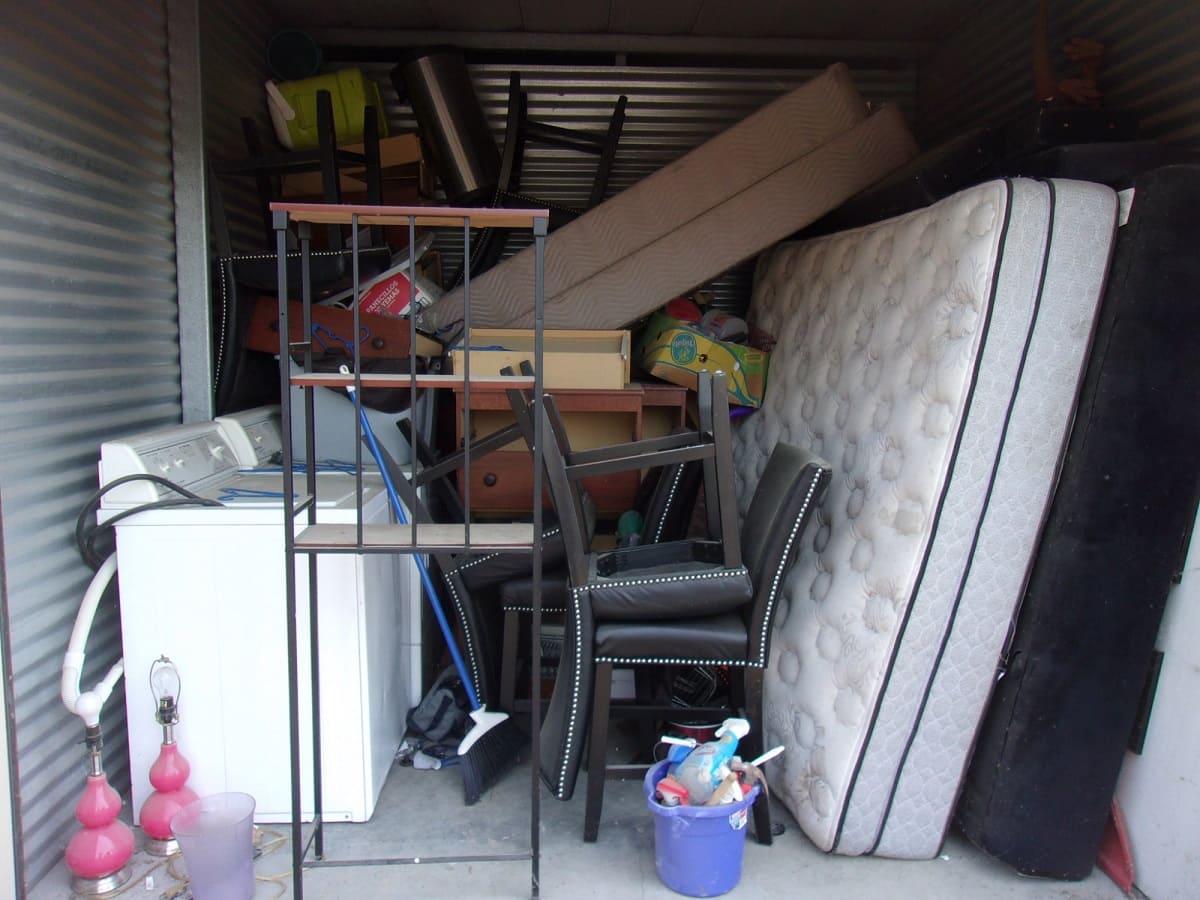
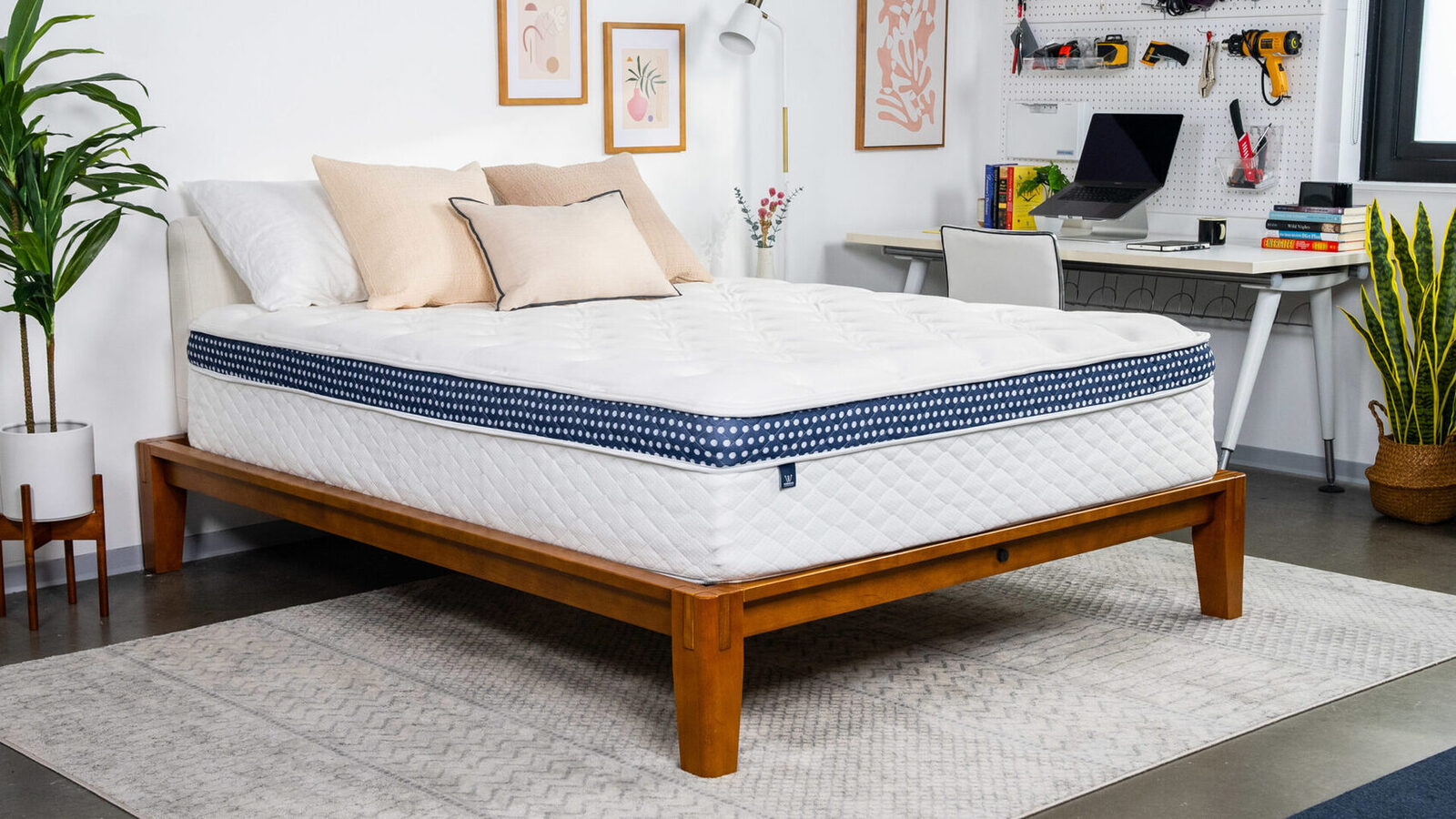
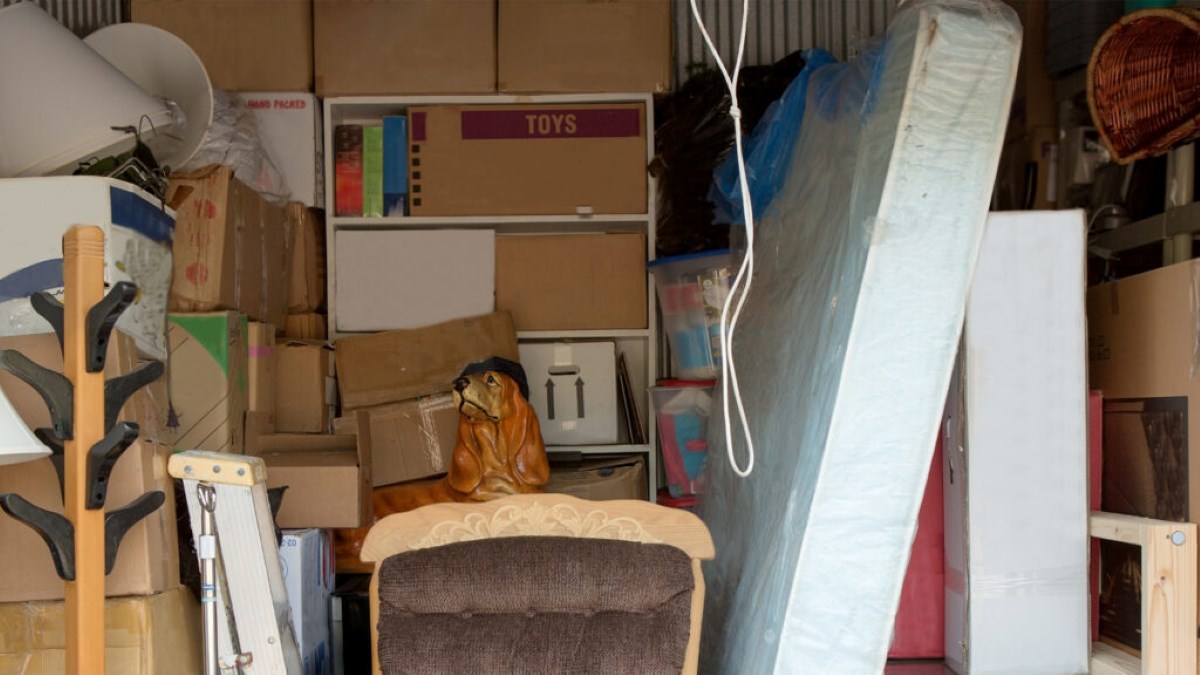
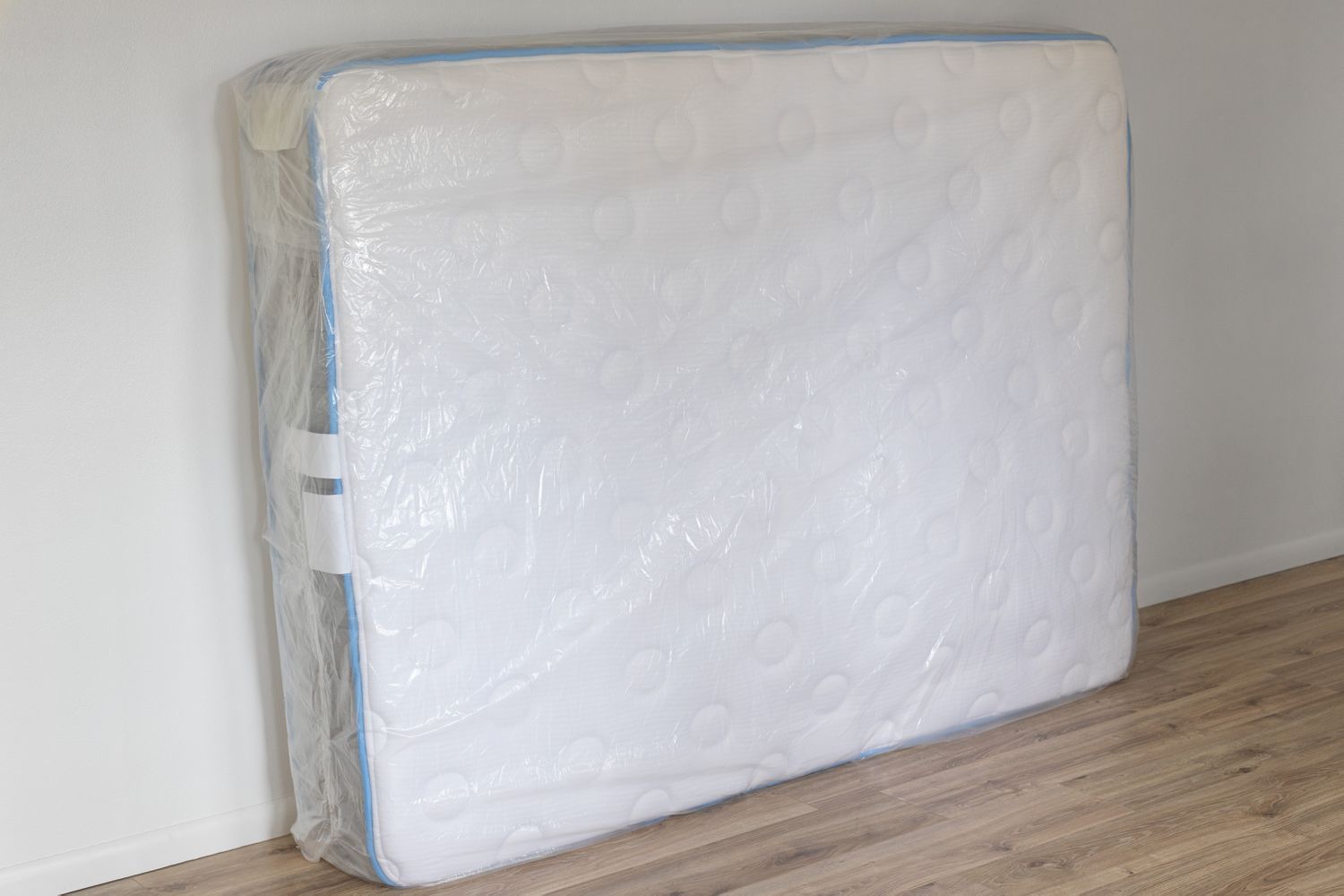

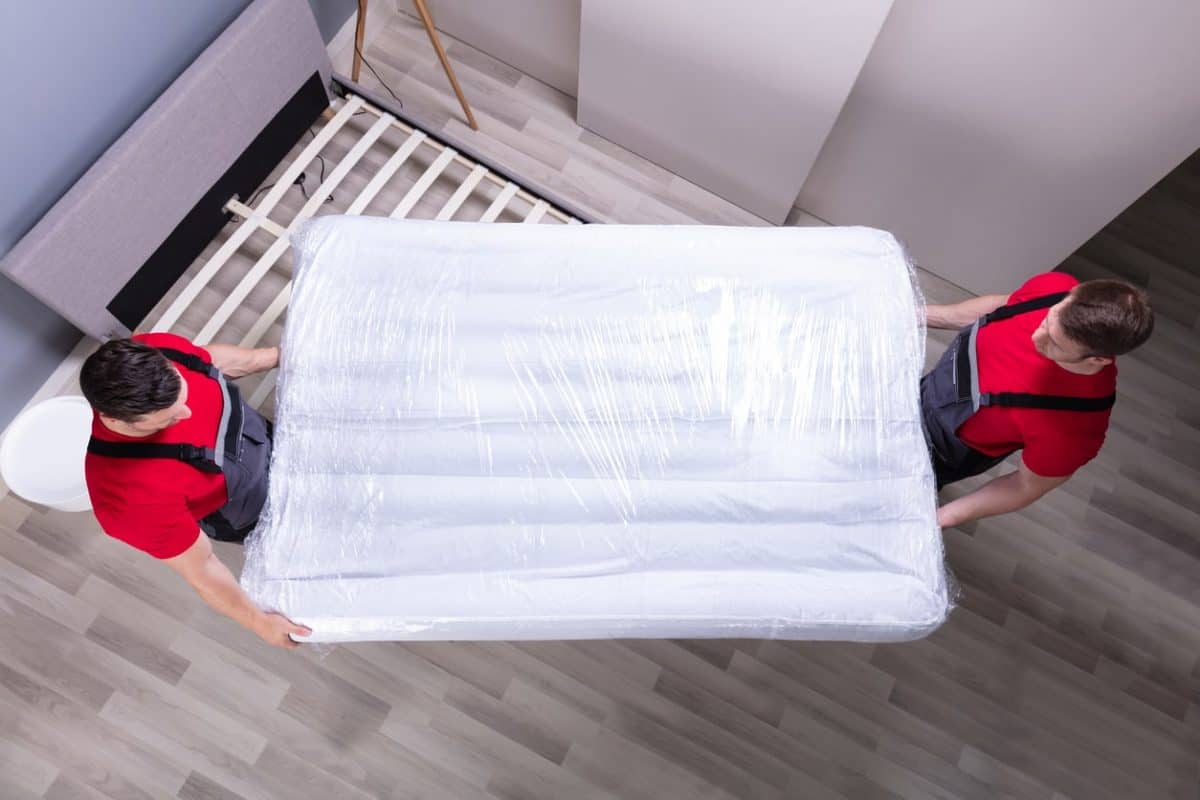
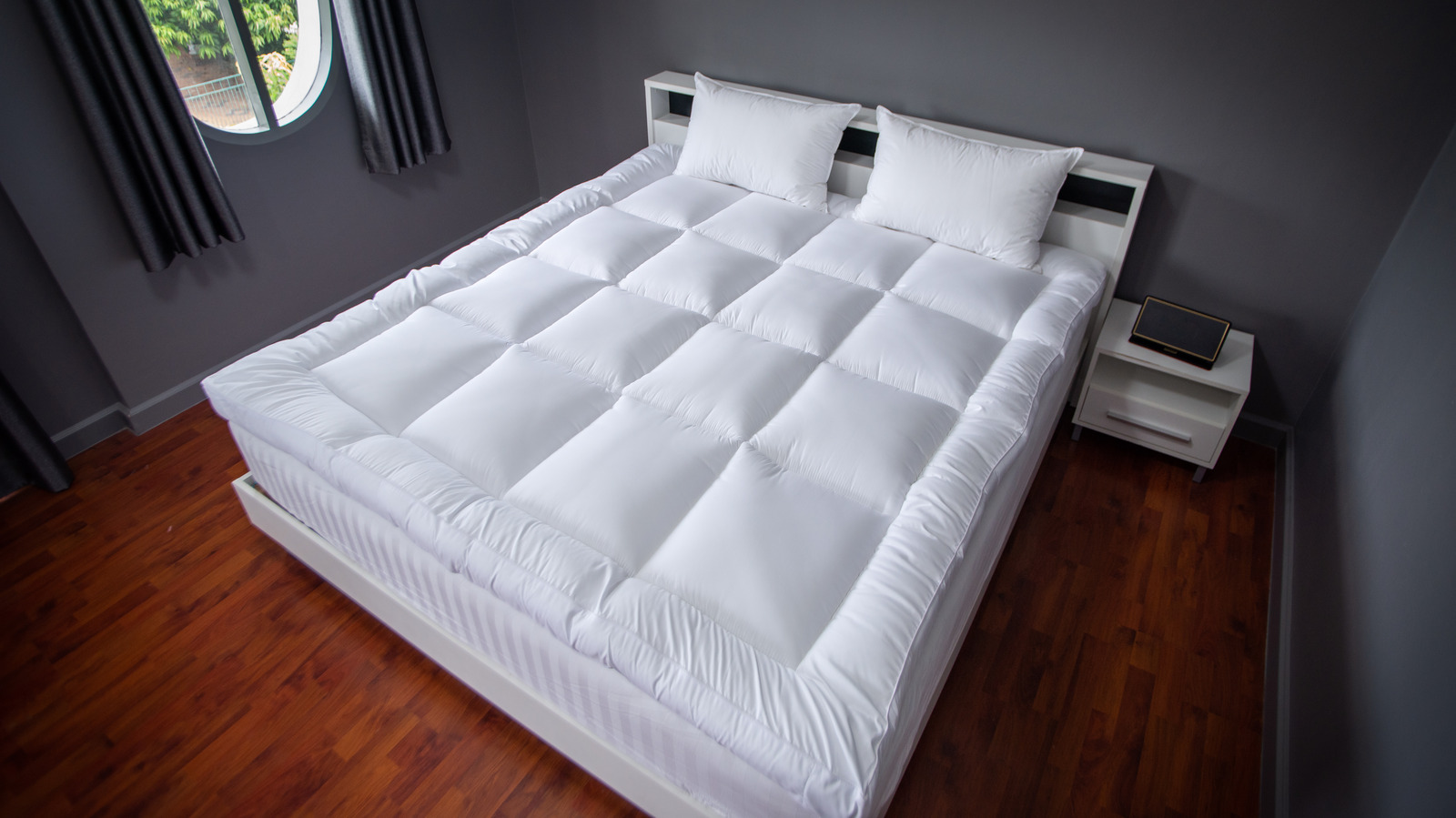
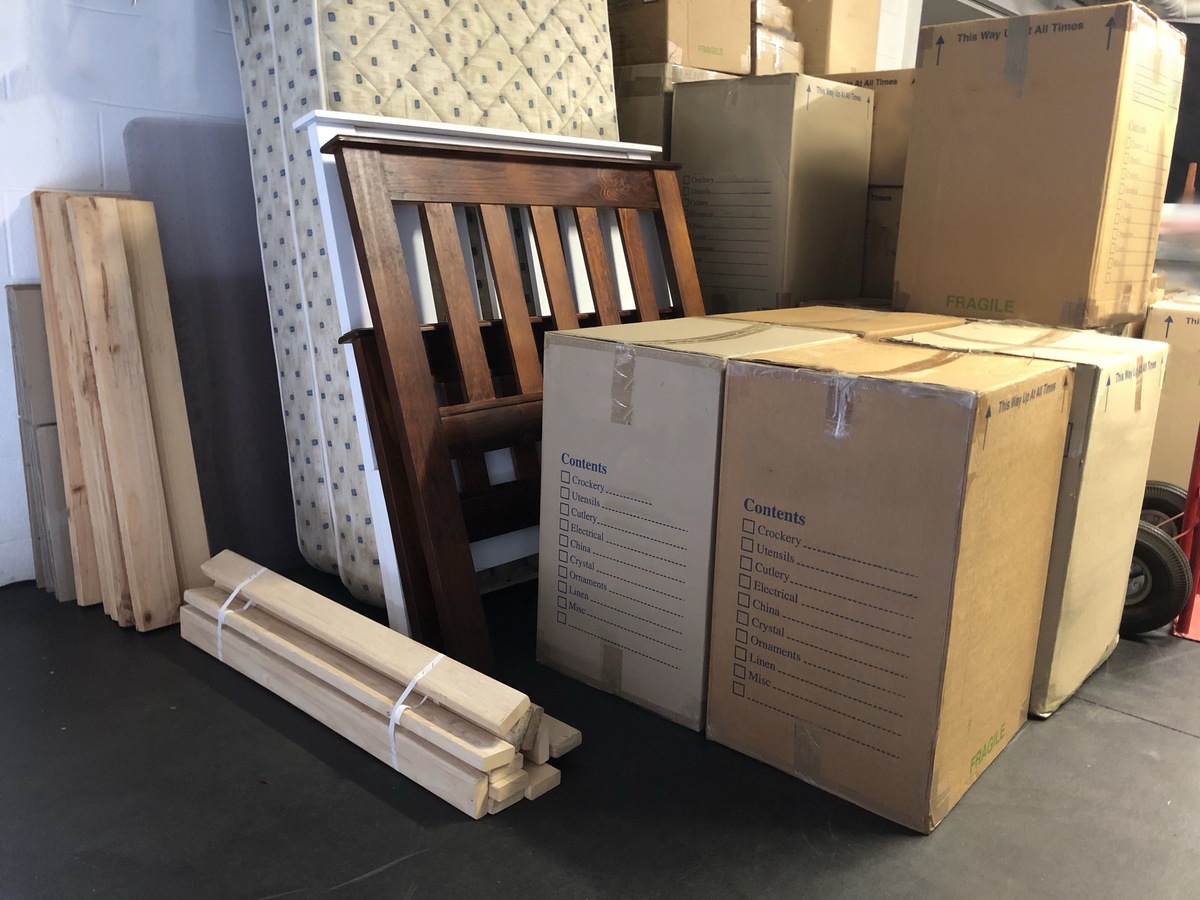
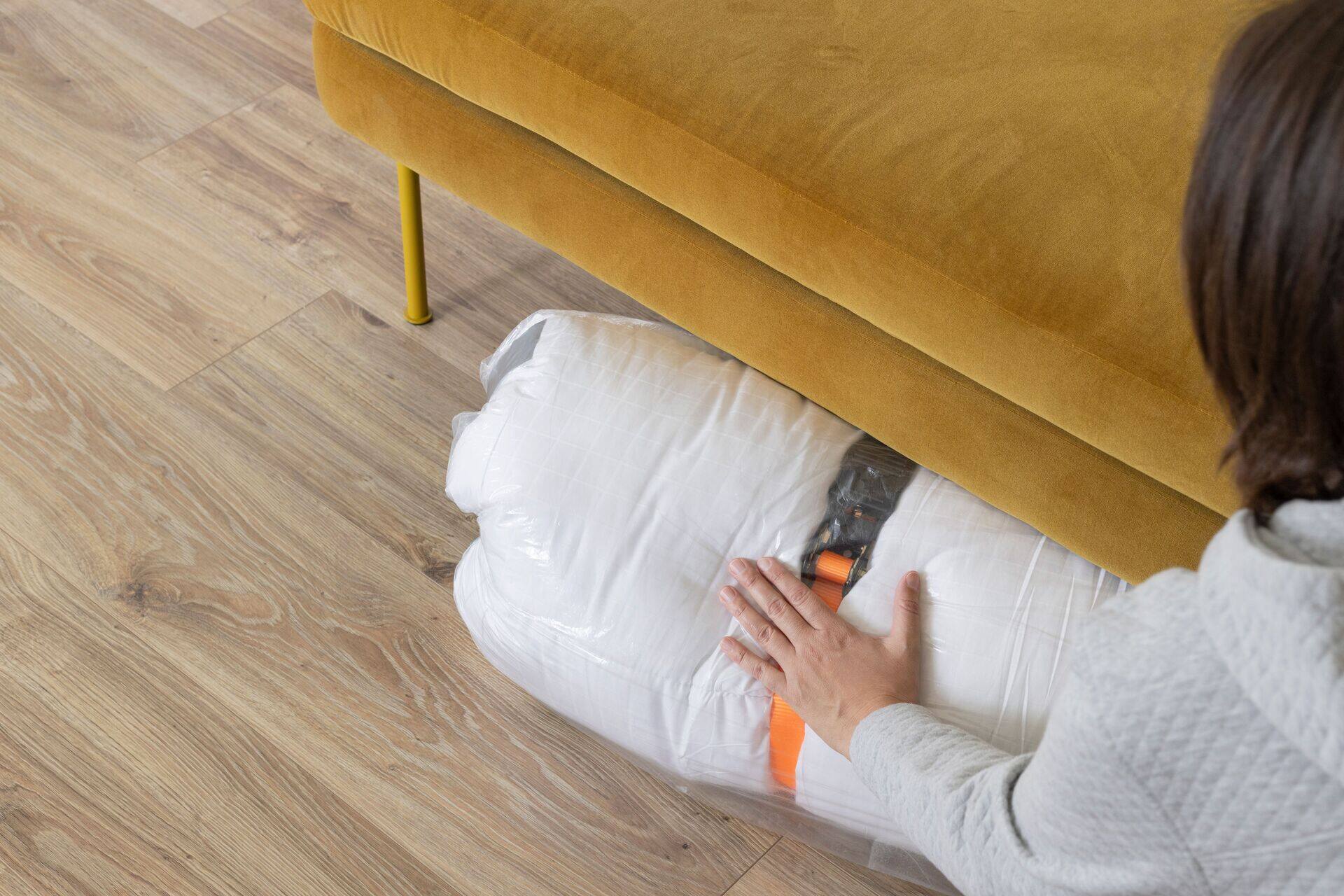
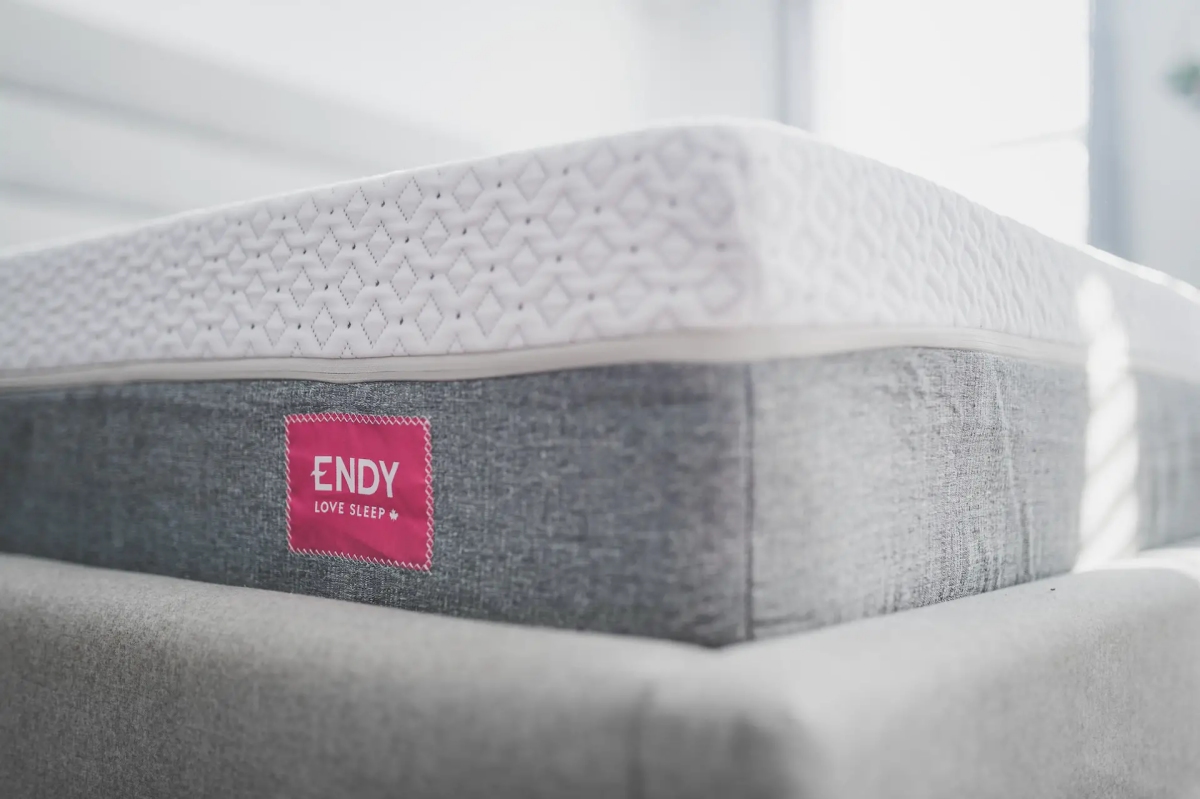
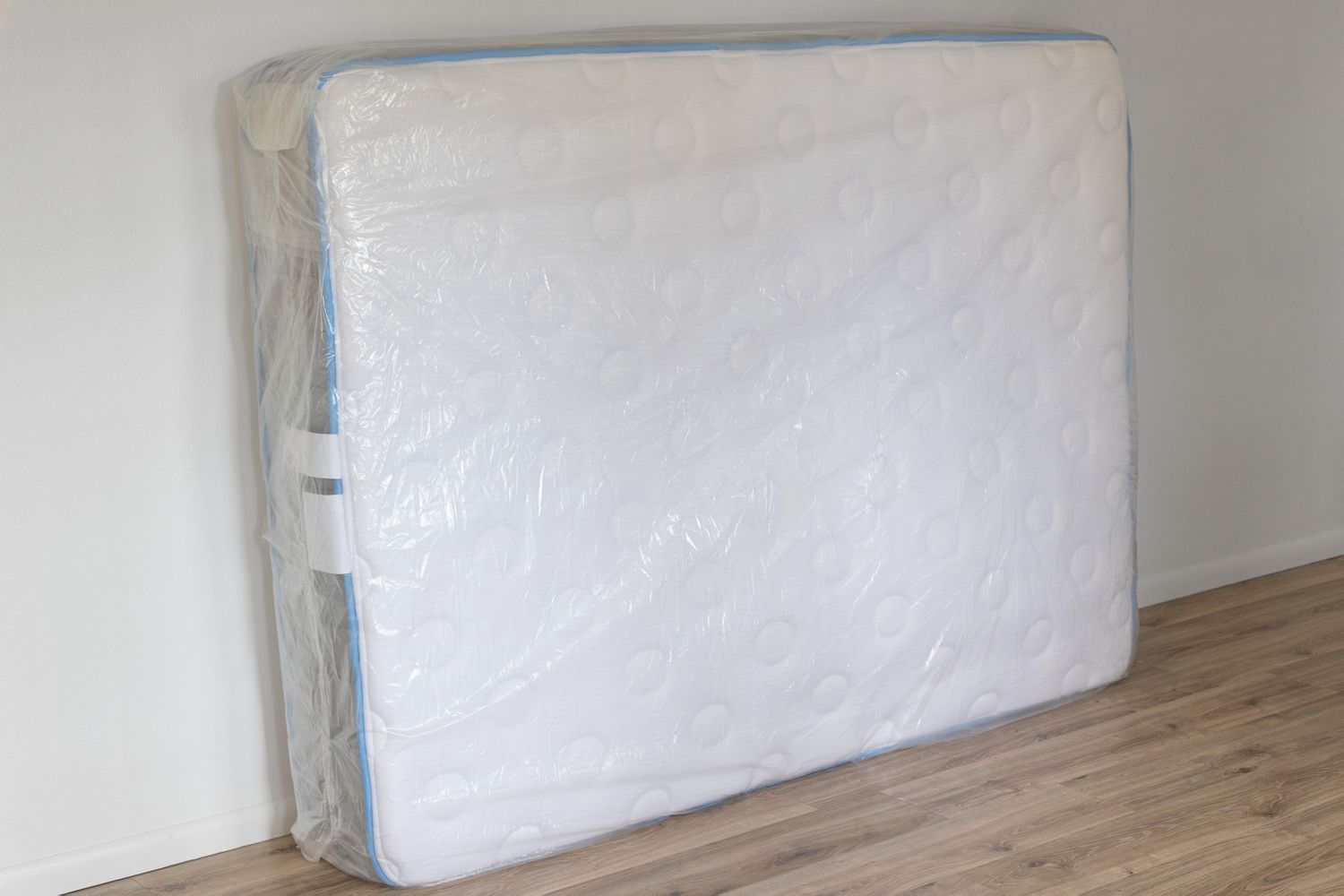
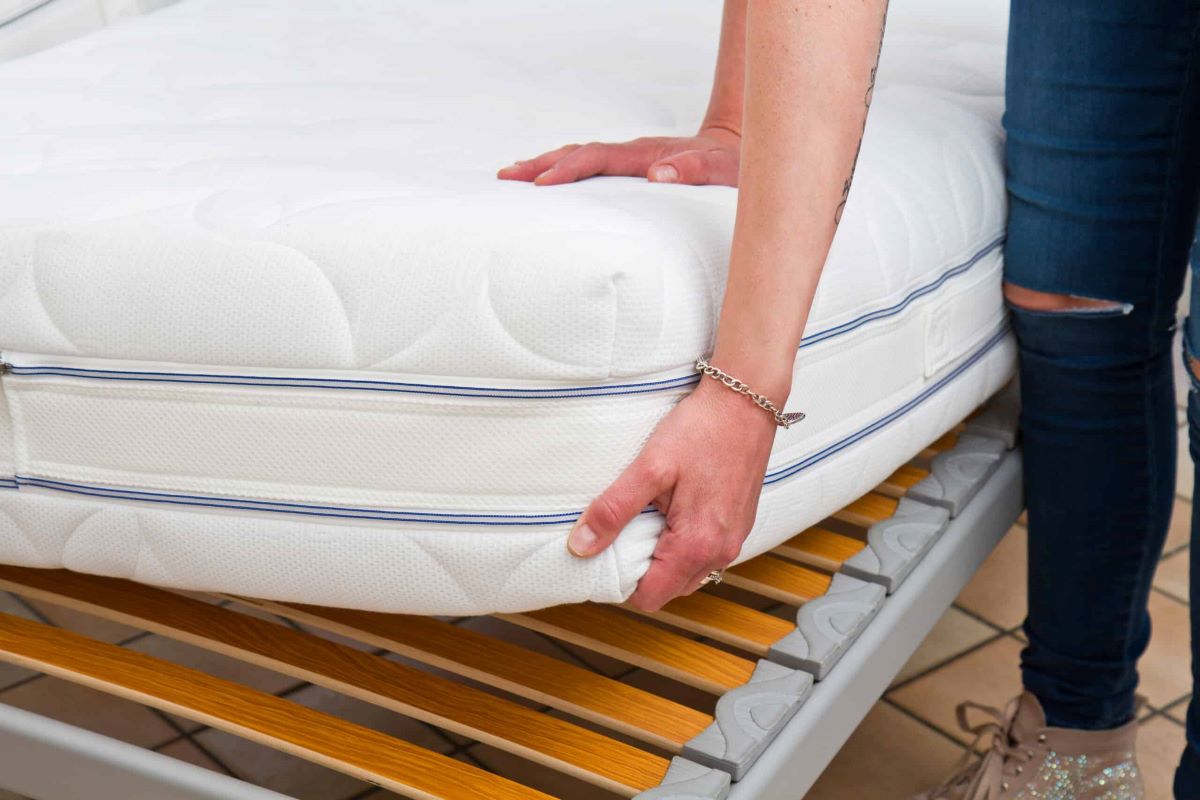

0 thoughts on “How To Store A Mattress In A Storage Unit”